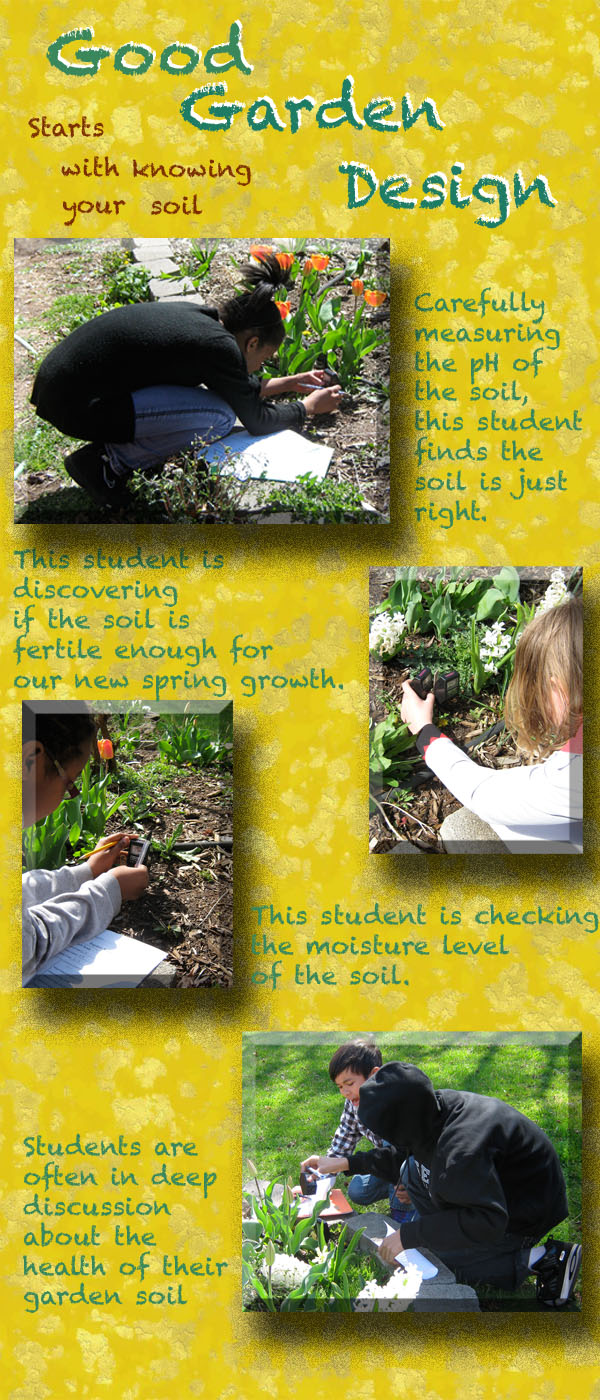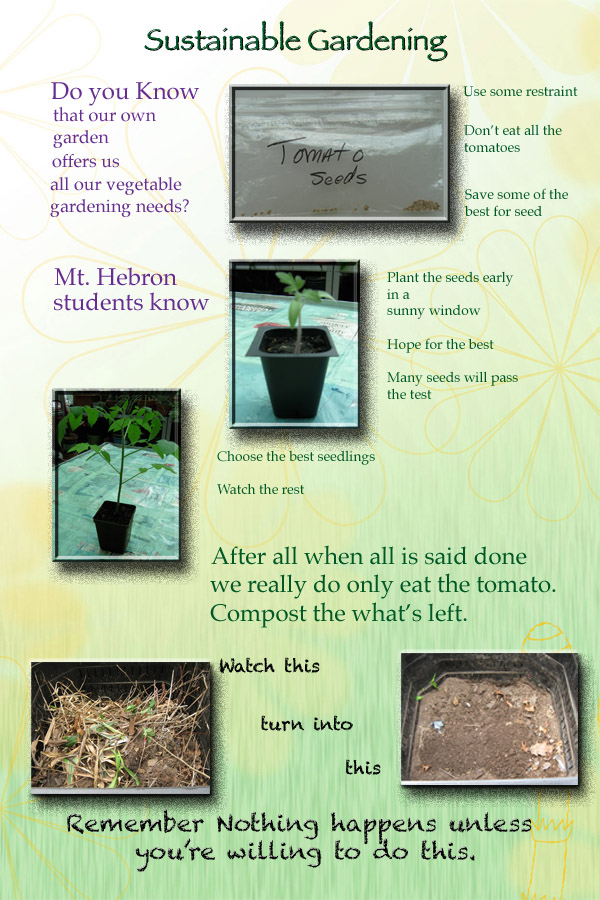
Soil Fertility Facts
pH Plants need the correct pH (acidity/alkalinity) level which controls how
well plants utilize the nutrients available in the soil. All plants have a pH
preference, so it is important to know the pH level of the soil. Most plants
do well in neutral pH (7).
Plant Macronutrients
Nitrogen (N) Nitrogen is synonymous with plant nutrition. It is directly
responsible for producing leaf growth
and green leaves deficiency causes yellow leaves and stunted
growth. Too much nitrogen causes over abundant foliage
with delayed flowering; the plant becomes subject
to disease and its fruit quality is poor.
Phosphorous (P) Growing plants need phosphorous. It is the major
constituent of plant genetics and seed development.
A deficiency causes stunted growth and seed sterility.
Phosphorous aids plant maturity,
increases the seed yield, increases fruit development,
increases vitamin content and aids the plant resistance
to disease and winterkill (frostbite in plants).
Potassium (K) Potassium strengthens the plant. It helps form carbohydrates
and promotes protein production. It will improve the color and
flavor of fruit. It further aids early growth and stem strength
and cold hardiness. Plants deficient in potassium are usually
stunted and have poorly developed root systems. Leaves are
spotted, curled and appear dried out at the edges. Fruit yields
for potassium deficiency are low.



